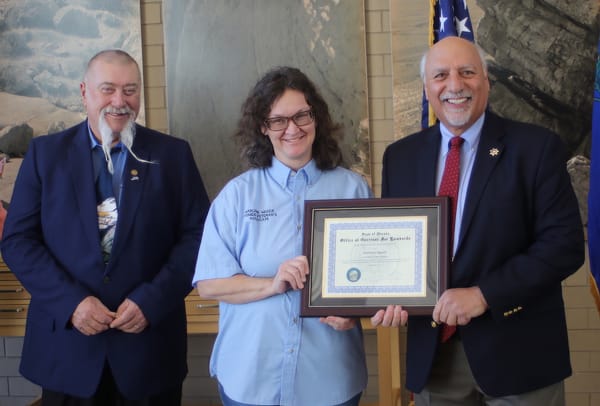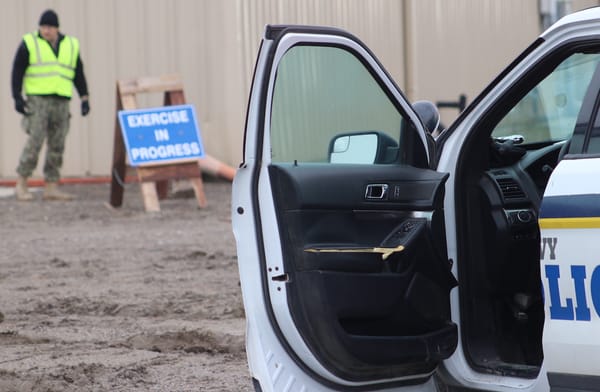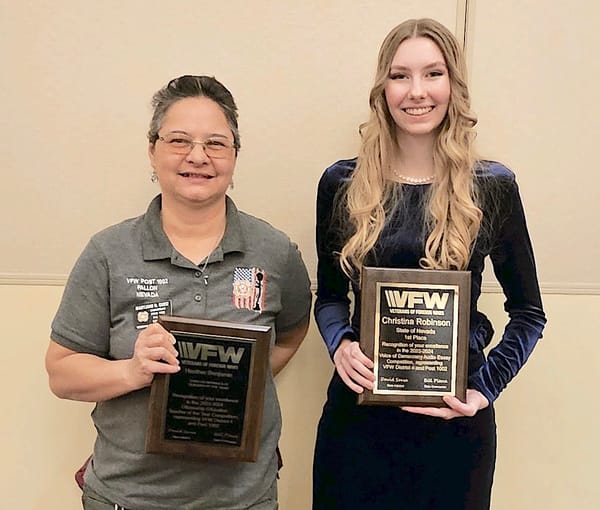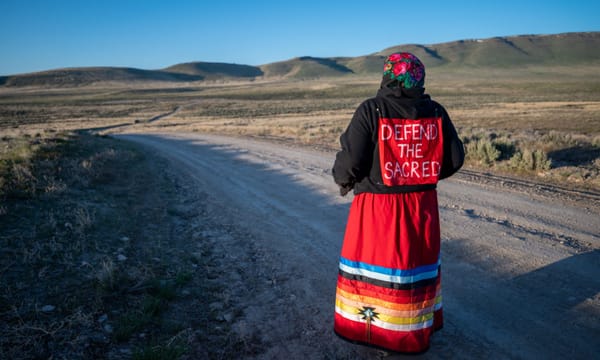Experiment Station projects serve Nevadans at facilities throughout state, part 5

Submitted by University of Nevada, Reno
RENO–This week the University of Nevada, Reno is touting the diverse research being conducted at its various Experiment Station facilities throughout the state. The research unit is a part of the University’s College of Agriculture, Biotechnology & Natural Resources. It maintains a network of field stations throughout the state, providing researchers different environments where they can experiment on a larger scale while supporting the needs of the nearby communities.
“I think it’s really an exciting time for the Experiment Station, as our research is expanding throughout the state and our faculty are heavily engaged in projects that will serve to help our stakeholders in all areas of Nevada,” Chris Pritsos, director of the Experiment Station, said. “We’re really expanding our research capacity throughout the state. Our faculty have gone out and successfully competed for grants to support their work, and we are making significant impacts, whether it be in the area of water, agriculture production, environmental science or the cattle industry.”
Nevada State News, this week, is sharing details the University has provided on some of the projects occurring at the different field stations, including those done in partnership with UNR’s Extension and other partners. This is the last of a five-part series.
Wolf Pack Meats
Main Station is also home to the Experiment Station’s Wolf Pack Meats, one of only two meat processing plants in Nevada capable of providing U.S. Department of Agriculture-inspected harvesting services to local farmers. The facility maintains its own herd, which it uses to study ways to produce meat in greater quantities with higher quality.
Over the past year, Wolf Pack Meats, under the direction of de Mello, has been collecting data from beef brought to the facility from producers in northern Nevada and California to determine the meat’s quality and yield amount. Their goal is to identify the possible gaps producers have in their commercial production operation, then use the data collected from the Wolf Pack Meats herd to fill these gaps with information about how producers can generate more beef of higher quality from one animal.
“Most of the beef is produced using a low concentration of grains,” de Mello, said. “We know grains are responsible for increasing the fat content in the lean and improving the flavor. Our goal is to help producers improve beef quality, generate more profit and give a better experience to consumers.”
During the height of the COVID-19 pandemic, with meat processing plants around the country shutting down and making it difficult for ranchers to slaughter and process their cattle, thus creating a meat shortage nationwide, Wolf Pack Meats implemented strict regulations and remained open. According to Pritsos, Wolf Pack Meats increased its slaughter and production by more than 20% to help ranchers and increase the local meat supply.
In addition, the facility has undergone several years of renovations and upgrades to meet commercial meat and processing standards to ensure food safety, as well as to make the facility safer for employees and better designed for teaching activities for students.
“Wolf Pack Meats has undergone a tremendous series of upgrades and renovations over the past few years with the intent to increase the safety of workers, staff and animals, provide our students with state-of-the-art equipment for training, and provide a demonstration center for stakeholders to learn about the latest in meat processing,” Pritsos said.
The most recent changes include new compressors and new holding pens using a practical design to reduce the risks posed to employees for moving animals.
Whittell Forest & Wildlife Area
The Whittell Forest & Wildlife Area is actually administered by Research & Innovation at the University, but Experiment Station faculty are heavily involved in its operations. This 2,650-acre forest on the western edge of Washoe Valley in Washoe County supports experiential learning, research and creative activities by faculty and students across multiple disciplines and throughout the Nevada System of Higher Education.
Many Experiment Station faculty conduct wildlife and habitat research there, and Assistant Professor Sarah Bisbing, with the department of Natural Resources & Environmental Science, serves as the area’s director and chair of the advisory committee. In addition, the area also recently saw several enhancements, including $250,000 from the Experiment Station to allow projects such as establishing a groundwater well and remote weather station, and refurbishing a rustic cabin and camp area.
Jay Dow Sr. Wetlands
The Experiment Station’s facilities also extend beyond Nevada’s borders. The Jay Dow Sr. Wetlands are located near Herlong, California, and the approximately 1,360 acres have been used for wildlife research, including the investigation of migratory waterfowl. The wetlands are currently undergoing some major renovations, including automated and remotely monitored irrigation systems, which will support both research activities and hay production on approximately 250 acres. Additionally, this site supports livestock grazing and is a valuable part of the rotational grazing system for the Experiment Station’s commercial beef herd at Main Station.
Source: University of Nevada, Reno





